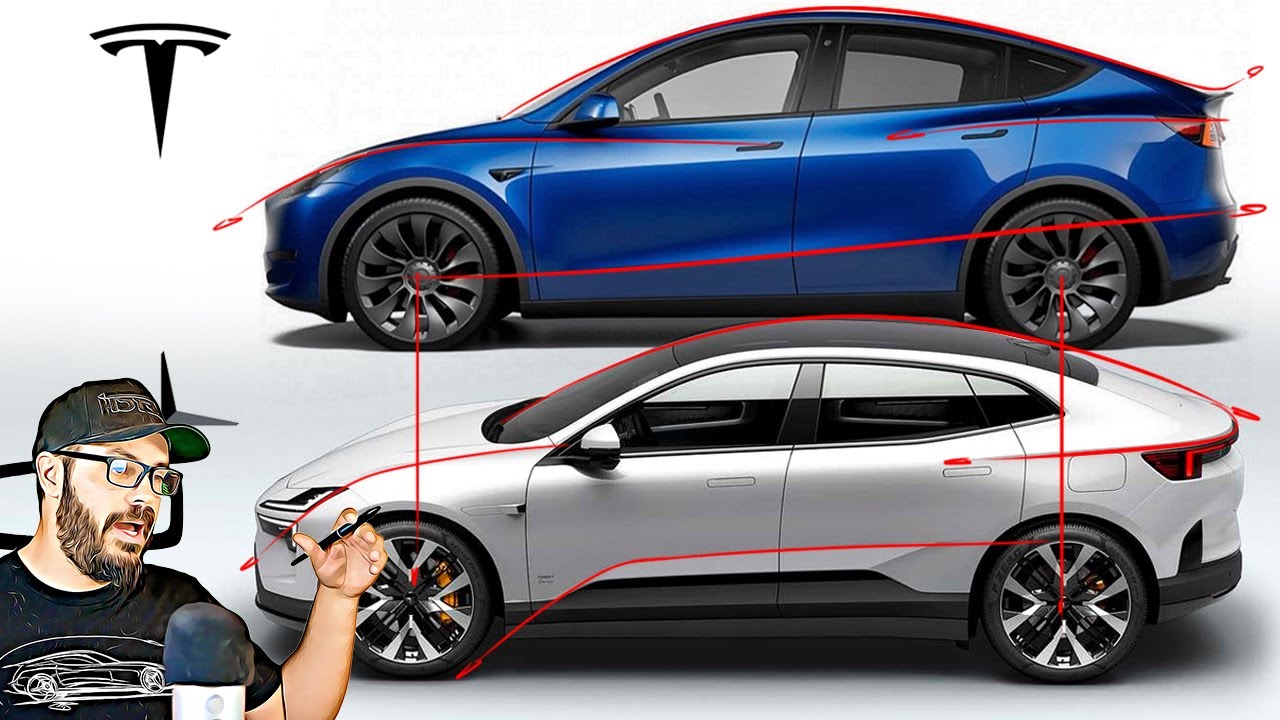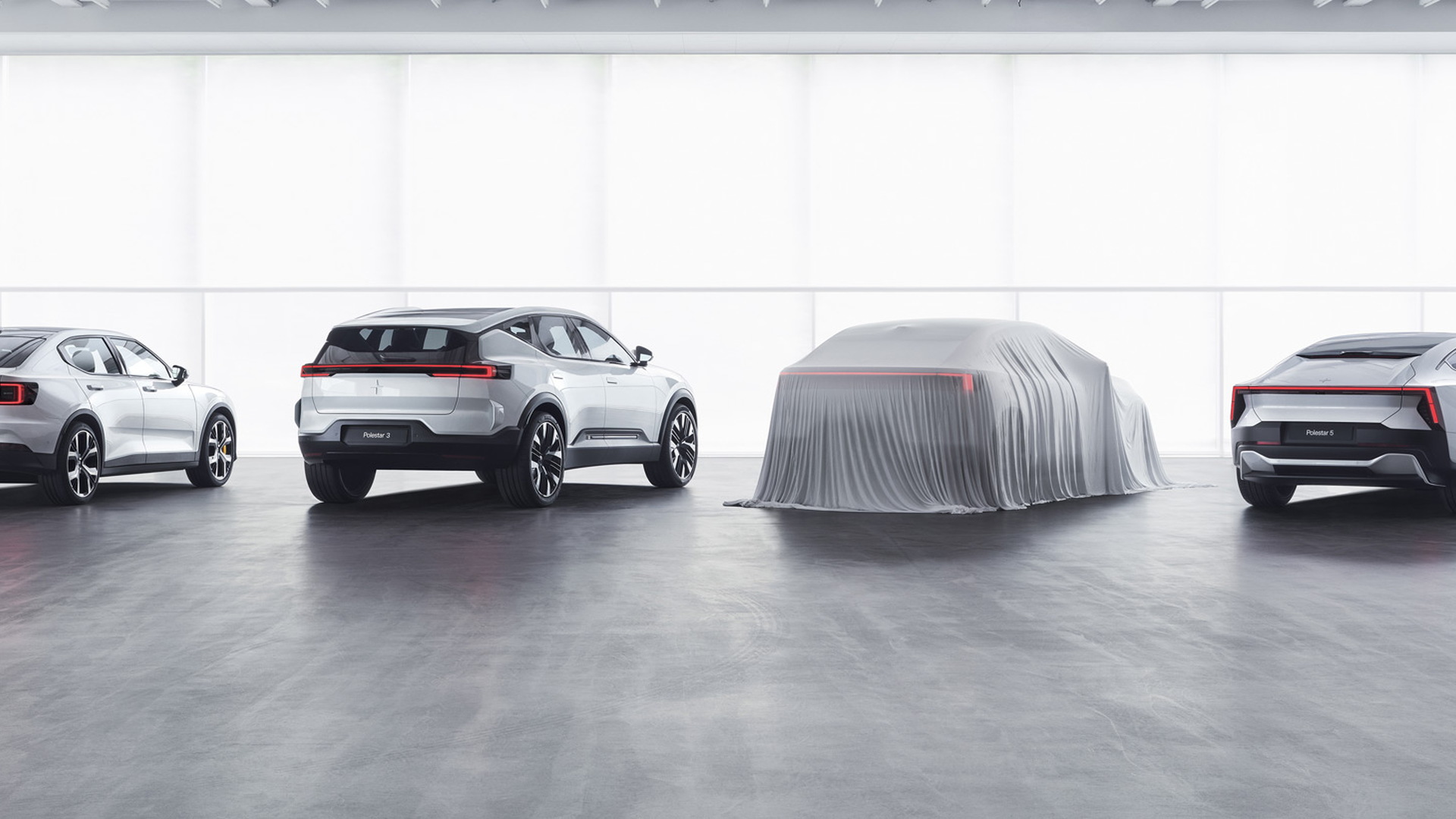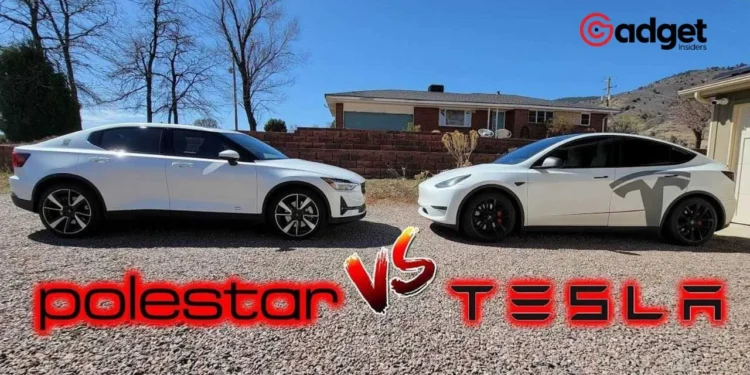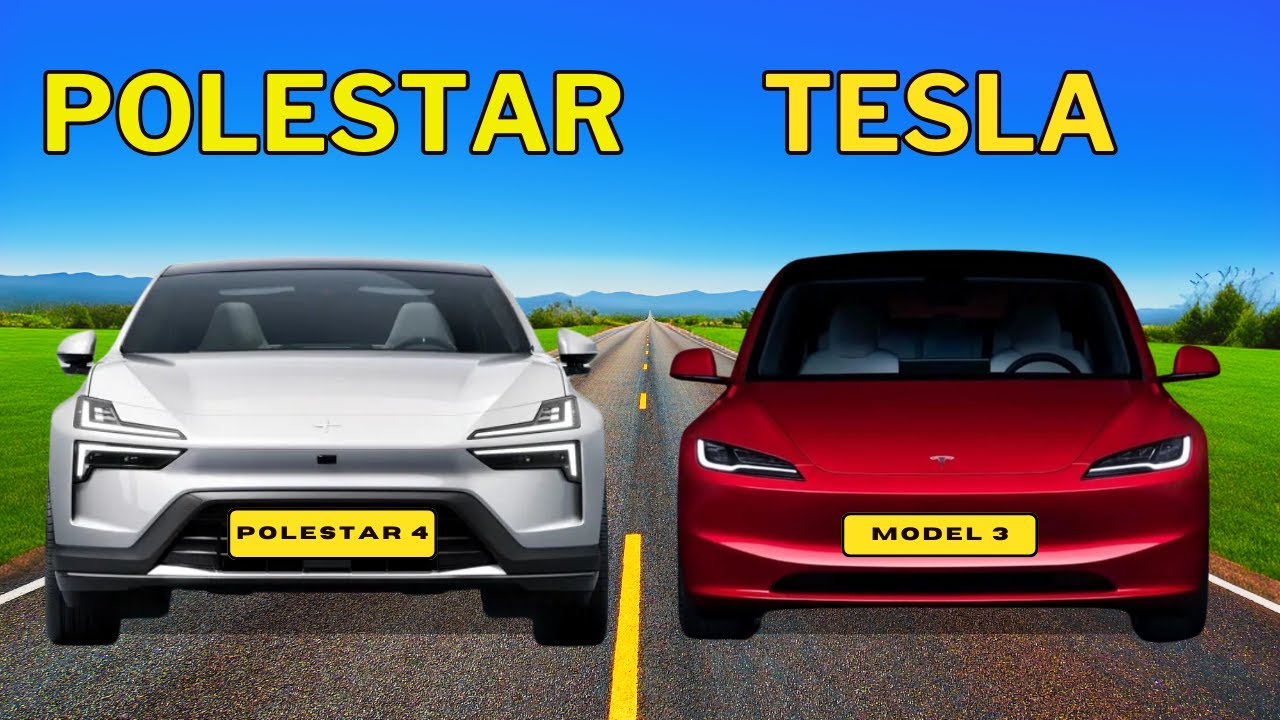Every new entry sparks a flurry of excitement and speculation in the fast-paced world of electric vehicles (EVs). The latest contender stepping into the ring is the Polestar 4, an electric SUV poised to challenge Tesla’s dominance, particularly its Model Y.
With the automotive world’s eyes fixed on Polestar’s bold move, the question on everyone’s lips is: does Tesla’s affordable EV have a new formidable rival?
Polestar’s Competitive Pricing Strategy
Polestar, in a surprising twist, revealed that its upcoming crossover SUV, the Polestar 4, will debut at a price point slightly lower than initially announced. Setting the stage at $54,900, down from the projected $60,000, Polestar aims to capture the market’s attention.
This pricing undercuts its direct competitor, the Tesla Model Y, which boasts a starting price of $43,990, highlighting the fierce competition in the EV space.
However, the narrative of affordability becomes nuanced when considering the Polestar 4’s dual-motor variant. For those craving more power and the addition of the Pilot Pack—a suite brimming with advanced driver-assist features—the price escalates to $63,400.
This tiered pricing structure showcases the diverse offerings Polestar brings to the table, catering to a wide range of preferences and budgets.
The Polestar 4 is driving right at Tesla's Model Y with its new price cut https://t.co/F7Uy1V3rl6
— BGR (@BGR) March 27, 2024
Polestar 4: A Blend of Performance and Innovation
At its core, the Polestar 4 is not just another electric SUV. With a promised range of 300 miles and a base horsepower of 268 on its single-motor variant, it’s clear that performance is a priority.
Furthermore, Polestar claims this SUV to be the fastest production vehicle they’ve ever released, boasting a 0-62 mph acceleration time of just 3.8 seconds.
This combination of efficiency, power, and speed positions the Polestar 4 as a compelling option for eco-conscious drivers with a need for speed.

One of the most intriguing aspects of the Polestar 4 is its departure from conventional design choices, notably its lack of a rear window. Instead, a camera system will provide drivers with a live feed of the vehicle’s rearview.
While unconventional, this design choice is defended with the promise of a broader field of vision compared to traditional mirrors, aiming to enhance safety and driver awareness despite potential concerns about reliability and technical issues.
The Battle for EV Supremacy
As Polestar gears up for production next month, the automotive industry and consumers alike are watching closely. The Polestar 4’s competitive pricing, alongside its performance metrics and innovative features, places it in direct competition with giants like Tesla and Ford.
The true test, however, will be its ability to attract mainstream buyers—a challenge that many new entrants in the EV market face.

The introduction of the Polestar 4 into the electric vehicle market is more than just a new model launch; it’s a statement of intent. Polestar is signaling its ambition to not just participate but to lead in the EV revolution.
As the landscape of electric vehicles continues to evolve, the success of the Polestar 4 could mark a significant shift in consumer preferences and industry standards, challenging established players like Tesla and paving the way for a new era of electric mobility.
The Polestar 4 is not merely an addition to the burgeoning EV market; it is a bold challenger to the status quo, promising a blend of performance, innovation, and accessibility. With its sights set firmly on the future, Polestar is ready to take on the competition and perhaps change the course of electric vehicle history.
Will it succeed in toppling the revered Tesla Model Y? Only time will tell, but one thing is clear: the electric vehicle race just got a whole lot more interesting.











